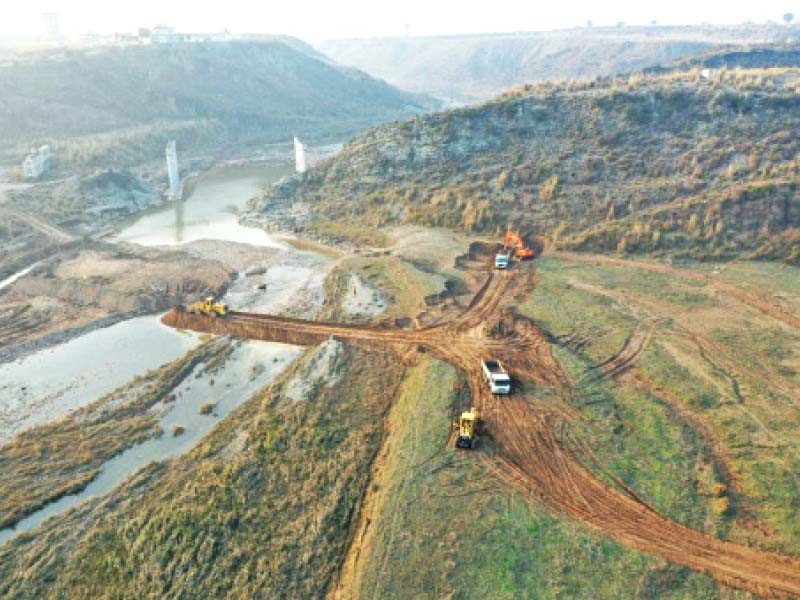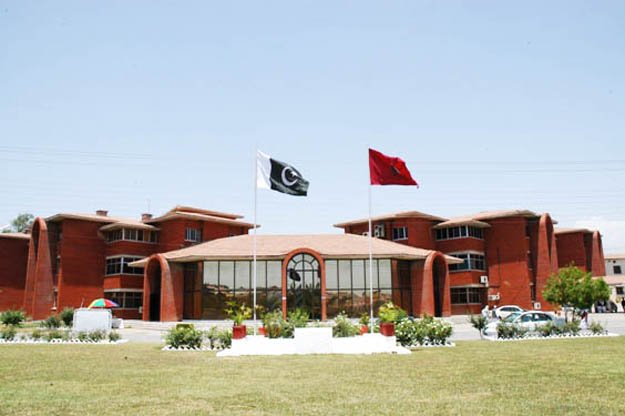- Copy to clipboard
- Moderator
- #1
- Jan 25, 2024
- 111,139
- 831
- Origin

- Residence

First-ever Punjab govt-run cancer hospital becomes operational
Recorder ReportLAHORE: On the special direction of Chief Minister Punjab Mohsin Naqvi and keen interest, the first cancer hospital at the government level has been made operational in few months.
The CM inaugurated the Mayo Cancer Care Hospital at Manawan and while announcing to provide free treatment facility to the patients in the cancer hospital revealed that every patient will be provided free treatment and no patient suffering from any stage will be denied treatment in the first government cancer hospital.
For the time being, the cancer hospital comprises 100-beds and will be increased up to 1000-beds in coming few years.
The CM visited the cancer hospital and reviewed facilities being provided to the patients. He obtained token from the machine and ordered to simplify the automated system adding that besides English writing, Urdu writing should also be displayed on the token machine for the facilitation of the patients.
The CM reviewed treatment mechanism of the cancer patients and monitored the whole Chemotherapy mechanism. He visited the room for collecting blood samples and also planted a sapling in the lawn of the hospital.
He revealed that Chemotherapy and surgery will be carried out in the cancer hospital. All the administrative and financial affairs of the cancer hospital have been handed over entirely to the King Edward Medical College University. A state-of-the-art hospital has been built for the treatment of cancer patients at the government level.
He apprised that the cancer treatment is highly expensive which a common man cannot afford adding that free treatment will be provided to the patients in this hospital. It is a dire need of the people of Punjab to have a high-quality cancer hospital at the government level. It is the foremost responsibility of the government to provide a state of the art hospital for the cancer patients at the government level.
CM while addressing the inaugural ceremony of the Mayo Cancer Care Hospital apprised that the first complete cancer care hospital of Punjab has been established. No patient suffering from any cancer ailment will be denied treatment facilities in the Mayo Cancer Care Hospital.
Even the patient suffering from the last cancer stage will also be provided treatment facilities in the Mayo Cancer Care Hospital. It is highly deplorable for not having a complete hospital to provide cancer treatment facilities in a population of 13 crore. There were cancer department in the hospitals but there was not a single complete hospital.
Mohsin Naqvi stated that owing to few weeks of hard work, the Manawan Hospital has been turned into Mayo Cancer Care Hospital.
The government has established a cancer hospital and now it is the responsibility of the doctors and the staff to provide complete care to the cancer patients. If the doctors of cancer care hospital take the ownership then the hospital will earn a great name and fame.
CM directed to ensure care of the patients like being done in the private hospitals otherwise it will become a routine government hospital.
The doctors will have to take the ownership of the hospital for ensuring better treatment facilities. It is a great milestone to establish a complete hospital for the treatment of cancer patients in a big hospital of the big Punjab province. It will become a cancer hospital comprising 1000 beds by the Grace of Almighty in coming ten years.
The Cancer Care Hospital will be exemplary if the management succeeds in formulating a better system for the cancer treatment. The diagnosis of cancer is considered equal to giving death information. If the cancer patients are encouraged then their lives can be saved. If God forbid, anyone is diagnosed with cancer ailment then he must be aware about visiting the Mayo Cancer Hospital.
The government has established a hospital and provision of treatment and fulfilling other responsibilities is in the hands of the doctors. The doctors and the staff will have to adopt a professional attitude. The patients across Punjab will be provided free treatment facilities in the Mayo Cancer Care Hospital, he added.
Provincial Ministers Dr Javed Akram, Dr Jamal Nasir, Secretaries of SHC&ME, C&W, Commissioner Lahore, Special Secretary SHC&ME, VC KEMU, CEO and concerned officials were also present on the occasion.

First-ever Punjab govt-run cancer hospital becomes operational
LAHORE: On the special direction of Chief Minister Punjab Mohsin Naqvi and keen interest, the first cancer hospital...
www.brecorder.com









